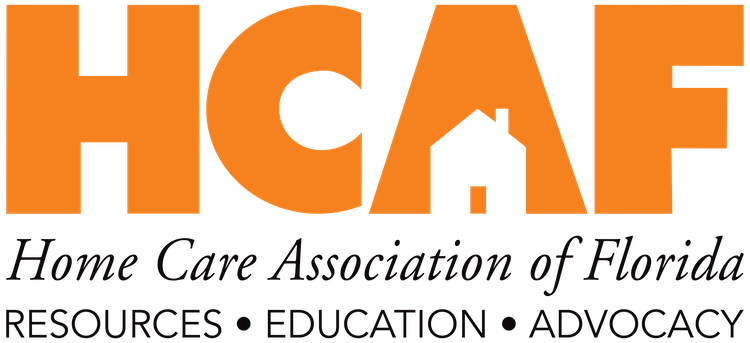AHCA Implements the Emergency Patient Look-Up System as Hurricane Ian Recovery Continues

AHCA Implements the Emergency Patient Look-Up System as Hurricane Ian Recovery Continues
The Agency for Health Care Administration (AHCA) has implemented the Emergency Patient Look-Up System (E-PLUS), nationally known as PULSE Enterprise, to fill information gaps in disaster response and is working with stakeholders to deploy the solution statewide.
After a major disaster, individuals may be displaced from not only their homes but also from their care teams and may leave behind needed medications and pertinent medical records. Patients receiving home health or other health care services may be separated from:
- Providers, medication, and equipment;
- Hospital patients in affected areas may be transferred to hospitals outside of the area; and
- Individuals who sustain injuries must be triaged and treated appropriately.
During times of disaster, emergency response providers and first responders who are treating these individuals often work with incomplete medical information.
E-PLUS is a cloud-based software solution built for public health, emergency management authorities, and other entities to fill information gaps during public health emergencies and disasters. E-PLUS enables authorized users to access medication and clinical histories to improve direct patient care for individuals who have been displaced outside their normal health care environment, conduct epidemiological assessments, and initiate other public health activities. E-PLUS has been deployed in California multiple times in response to wildfires.
Through its Emergency Census feature, E-PLUS offers the ability to locate missing individuals who have been displaced by disaster by sharing data in real-time, leveraging Florida’s statewide Encounter Notification Service (ENS). Emergency Census enables Florida’s emergency response personnel to rapidly locate missing individuals who have been admitted or discharged from a hospital, health care facility, or emergency shelter. Emergency Census was deployed as a stand-alone tool during Hurricane Michael. Over 5,000 missing persons were recorded and loaded into the system, and 400 people were located within the first hour. In 2019, Emergency Census was also activated for Hurricane Dorian but never deployed since there was no significant hurricane damage.
In June 2021, Emergency Census was activated for the Surfside condo collapse. During the first 48 hours, it was unclear if some of the missing were in the building at the time of the collapse. The activation was intended to help rule out some of the missing by locating them at a connected health care facility. Although Emergency Census was never utilized, several lessons learned came out of this activation. In particular, the need for more engagement with the Division of Emergency Management and the Florida Department of Law Enforcement. Additional activations include Tropical Storm Elsa in June of 2021 and the wildfires in the panhandle of Florida in March 2022.
Emergency Census Standard Operating Procedures for Home Health Agencies
Emergency Census, a feature of the Emergency Patient Look-Up System (E-PLUS), is a no-cost solution offered by the Agency for Health Care Administration to help providers search for missing patients displaced by disaster. Emergency Census enables the Agency to search a database of admit, discharge and transfer (ADT) messages sent from over 600 health care facilities throughout the state of Florida to locate missing persons who have been recently admitted or discharged from a health care facility, such as an emergency department.
To search for missing patients, take the following steps:
- Download and complete the Missing Persons Panel Template.
- Save the file using your organization’s name and ensure that it is saved as a CSV file.

- Email the completed missing persons template to e-plus@ahca.myflorida.com via encrypted email. DO NOT PASSWORD-PROTECT THE CSV FILE.
- AHCA will notify you at least once daily of the status of missing persons via encrypted email.
